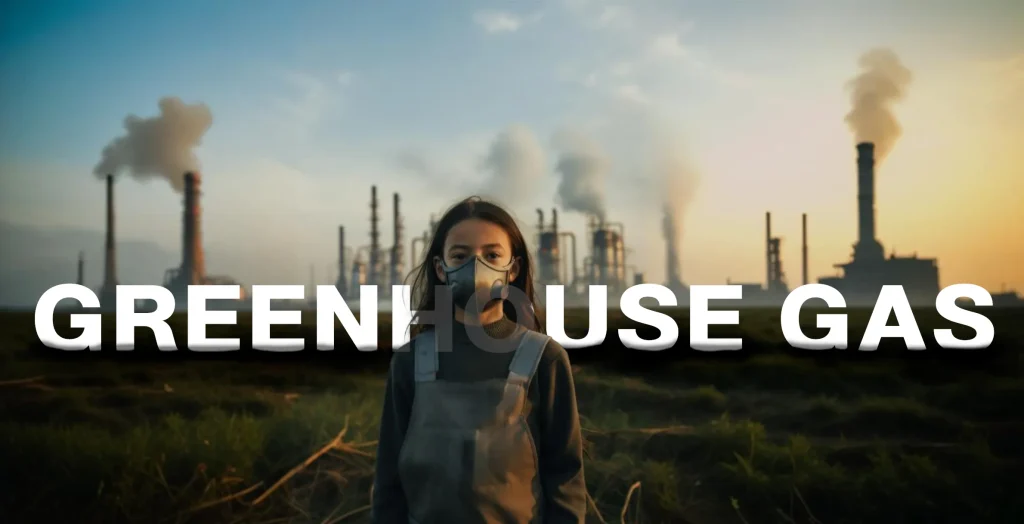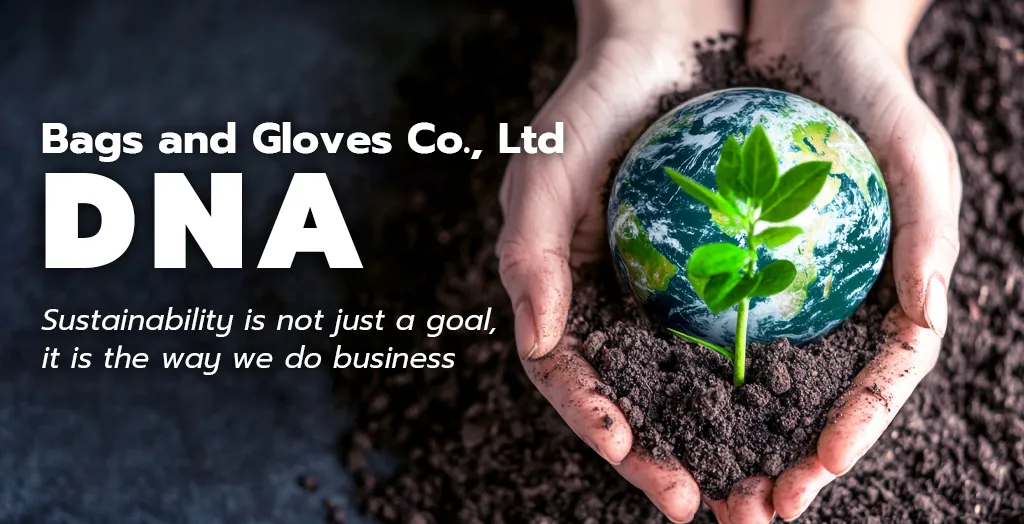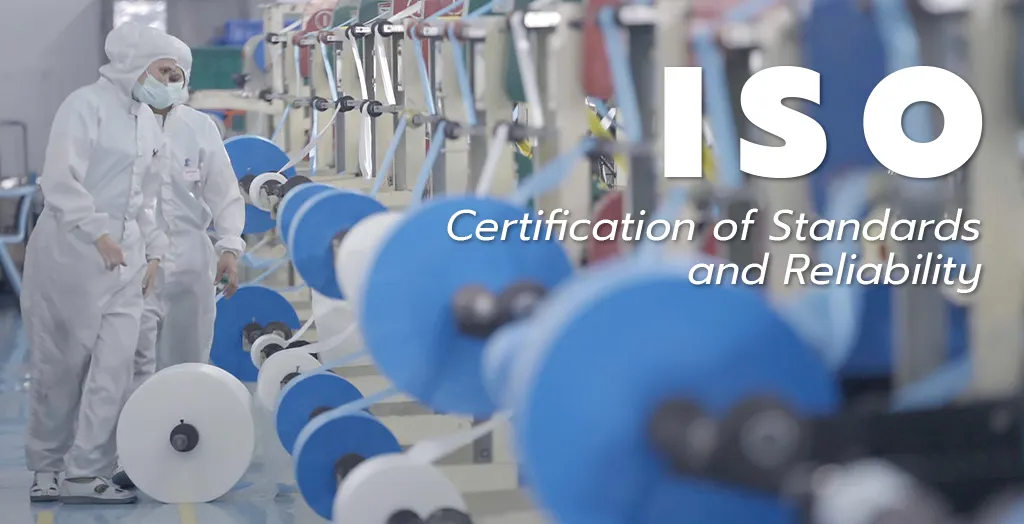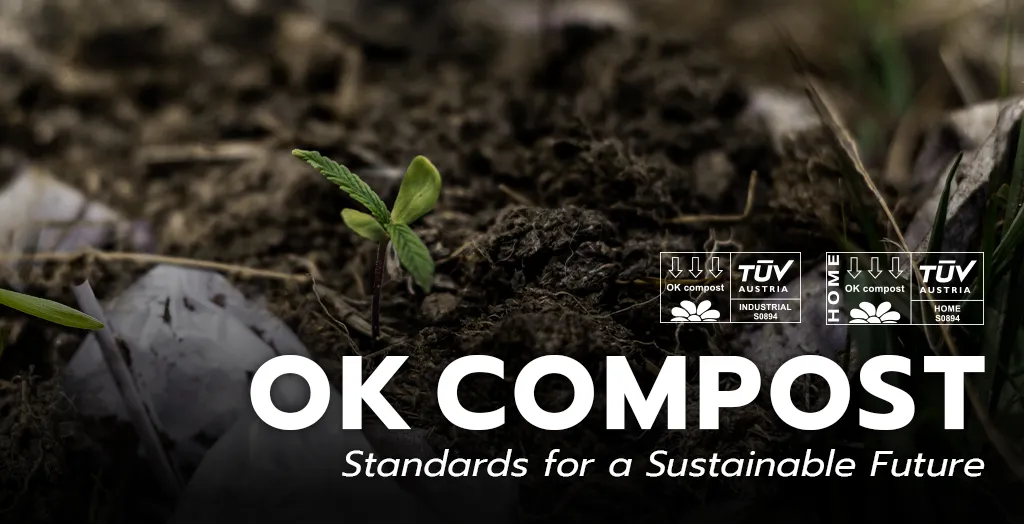The rising concern about climate change and global warming stems largely from the excessive accumulation of greenhouse gases (GHGs) in our atmosphere. These gases occur both naturally and as a result of human activities. But what exactly are greenhouse gases, and why are they so important? Let’s explore.
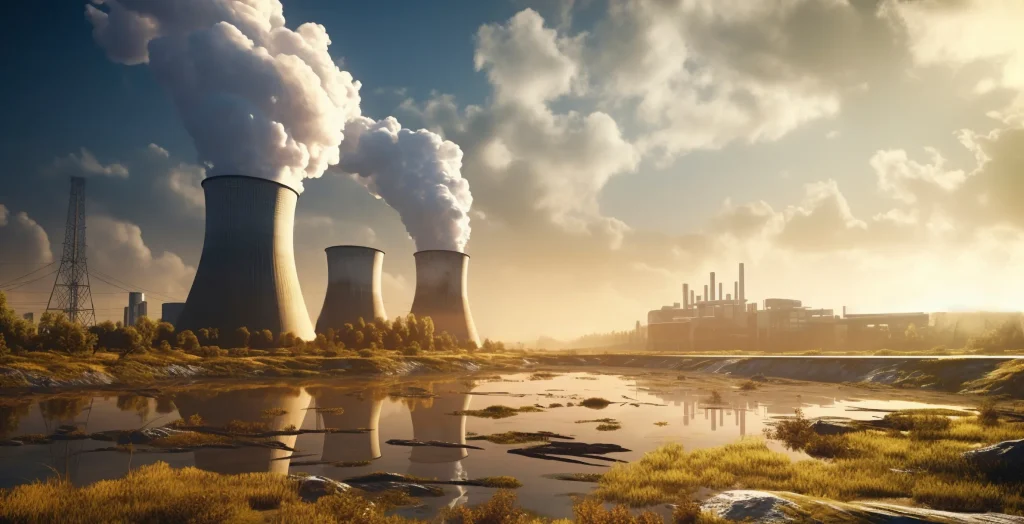
What are Greenhouse Gases (GHGs)?
Greenhouse gases (GHGs) are gases found in the Earth’s atmosphere that play a vital role in regulating the planet’s temperature. They act like a blanket, trapping some of the sun’s heat to maintain a balanced temperature on Earth. Without them, our planet would become extremely hot during the day and unbearably cold at night. This natural process is called the Greenhouse Effect.
Major Types of Greenhouse Gases
1. Carbon Dioxide – CO₂
- Sources:
- Burning fossil fuels (coal, oil, and natural gas)
- Industrial processes
- Deforestation (trees absorb CO₂)
- Open burning of waste and organic material
- Characteristics:
- Remains in the atmosphere for 100–1,000 years
- Accounts for around 75% of total greenhouse gas emissions
- Most widely emitted GHG from human activities
- Impact:
- Drives global temperature rise
- Primary contributor to global warming
2. Methane – CH₄
- Sources:
- Digestive systems of ruminant animals like cows
- Rice paddies (anaerobic decomposition of organic matter)
- Decomposition of organic waste in landfills
- Extraction of natural gas and crude oil
- Characteristics:
- Stays in the atmosphere for approximately 12 years
- Has a Global Warming Potential (GWP) 25 times greater than CO₂
- Impact:
- Accelerates warming over short periods
- Affects lower atmospheric ozone, influencing air quality
3. Nitrous Oxide – N₂O
- Sources:
- Synthetic fertilizers used in agriculture (especially in wet soils)
- Biomass burning (e.g. straw, branches)
- Certain industrial activities such as nylon production
- Characteristics:
- Persists in the atmosphere for around 114 years
- Has a GWP 298 times greater than CO₂
- Impact:
- Depletes the ozone layer
- Affects global climate and human health
4. Fluorinated Gases
- Sources:
- HFCs (Hydrofluorocarbons): Refrigerants in air conditioners and refrigerators
- PFCs (Perfluorocarbons): Semiconductor and chip manufacturing
- SF₆ (Sulfur hexafluoride): Insulation in power transformers
- NF₃ (Nitrogen trifluoride): Used in solar panel manufacturing
- Characteristics:
- Extremely high GWPs:
- HFCs: ~1,000
- PFCs: ~6,500–9,000
- SF₆: up to 23,500
- Can remain in the atmosphere for hundreds to thousands of years
- Impact:
- Even in small quantities, they have a massive warming effect
- Mostly industrial in origin and not naturally degradable
Even though some of these gases are present in small amounts, their heat-trapping capacity is thousands of times stronger than CO₂, and they can linger in the atmosphere for millennia.
Simple Comparison of Global Warming Potential (GWP)
| Gas | Atmospheric Share | Global Warming Potential (GWP) vs. CO₂ | Atmospheric Lifetime | Main Sources |
| CO₂ | ~75% | 1x | 100–1,000 years | Energy, Deforestation |
| CH₄ | ~16% | 25x | ~12 years | Livestock, Landfills |
| N₂O | ~6% | 298x | ~114 years | Fertilizers |
| F-Gases | <2% | 1,000–23,500x | Hundreds–Thousands of years | Industrial processes |
GWP = Global Warming Potential, a measure of how much heat a gas traps in the atmosphere compared to CO₂.
What Happens Without Greenhouse Gases?
Without greenhouse gases, Earth would be directly exposed to solar radiation without heat retention. The surface would become extremely hot during the day and bitterly cold at night. Such drastic temperature swings would make the planet uninhabitable for most living organisms.
When GHG Levels Are Balanced
In a balanced atmosphere, GHGs absorb and re-emit some of the sun’s heat while allowing the rest to escape into space. This keeps global temperatures stable and ideal for sustaining life.
When GHG Levels Are Excessive
Excessive greenhouse gases trap too much heat, causing global temperatures to rise. This leads to global warming, resulting in climate change — including unpredictable weather patterns, stronger storms, melting glaciers, rising sea levels, and worsening disease outbreaks. These effects threaten ecosystems and all forms of life on Earth.
Global Warming and Climate Change
The continuous accumulation of greenhouse gases (GHG) in the atmosphere over recent decades has led to significant changes in global climate.
Global warming refers to the rising average temperature of the Earth, which is a key driver of climate change. This results in more frequent and severe extreme weather events, including:
- Shifting seasons
- Stronger storms
- Melting glaciers
- Rising sea levels
- Worsening disease outbreaks
These impacts are already affecting living organisms and ecosystems across the planet in profound ways.
Our Commitment: Net Zero by 2050
At Bags and Gloves Co., Ltd., we take our environmental responsibility seriously. Our production facility is actively pursuing a Net Zero Project, aiming to:
- Reduce greenhouse gas emissions by 50% by 2030
- Achieve full Net Zero emissions by 2050
This commitment is supported by strategic investments in advanced technology and sustainable practices across our operations.


